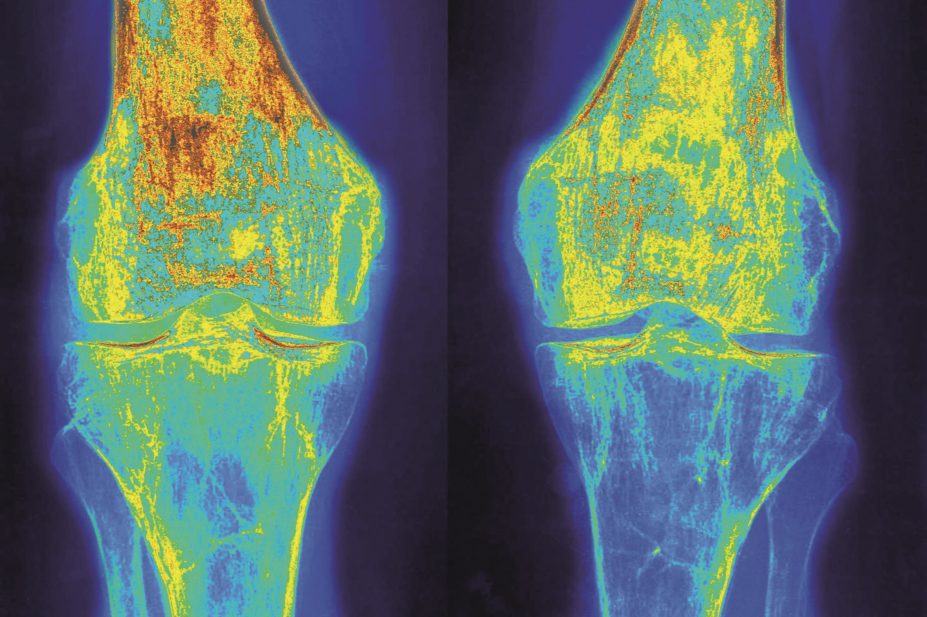
BSIP SA / Alamy
Repurposing the bisphosphonate bone drug alendronate relieves symptoms of emphysema associated with chronic obstructive pulmonary disease (COPD) by targeting alveolar macrophages, according to a study in mice.
Researchers led by Masahiko Kurabayashi, of the Gunma University Graduate School of Medicine in Japan, used a mouse model of COPD and cell culture to demonstrate that alendronate can be used to target abnormal alveolar macrophages and thereby alleviate the symptoms of the disease.
“The non-invasiveness and feasibility of inhalational alendronate delivery may have important implications for the future treatment of COPD, in which alveolar macrophages play a key pathogenic role,” say the researchers, who published their findings in Nature Communications
[1]
.
Alveolar macrophages normally keep the airways clean by engulfing invading debris and particulates. The population of macrophages is kept in check by apoptosis, which is a form of programmed cell death. But in COPD the macrophages circumvent apoptosis, become enlarged and have more airspace in them than usual. They also live longer, thereby secreting more mucus than usual, and reducing lung elasticity.
Alendronate, a nitrogen-containing bisphosphonate, is given orally to treat bone diseases, including osteoporosis, Paget’s disease and metastatic bone cancers. The drug inhibits the mevalonate pathway that prevents apoptosis in bone cells.
The researchers targeted alveolar macrophages by administering the drug via an aerosol inhaler to two groups of mice with COPD. To induce the disease, they injected one group of animals with elastase, an enzyme that shrinks lung elasticity; and exposed the other group to cigarette smoke for 6 months.
The animals then inhaled an aerosol mix of alendronate for up to 21 days after the onset of emphysema symptoms. The mice showed a dose-dependent step-down of lung damage in both the smoke-induced and elastase-induced COPD cases and returned the number of alveolar macrophages and lung elasticity to normal. The researchers also found that risedronate, another nitrogen-possessing bisphosphonate, had similar lung-protective effects.
Using cell-culture and lung imaging experiments, the researchers confirmed that alendronate inhibits the mevalonate pathway in lung cells, just as it does in bone.
Currently, patients’ COPD symptoms are managed through exercise, corticosteroids, bronchodilators and oxygen but the researchers hope that repurposing alendronate will provide a treatment.
For Mike Rogers, a senior researcher in bone therapeutics at the Garvan Institute of Medical Research in Sydney, Australia, the study is interesting. But he believes there is an imbalance between the data and the interpretations drawn, since the researchers used a high dose of alendronate on cultured macrophages.
Nevertheless, the authors note, with further studies, alendronate could be an effective, non-invasive drug to treat COPD.
References
[1] Ueno M, Maeno T, Nishimura S, et al. Alendronate inhalation ameliorates elastase-induced pulmonary emphysema in mice by induction of apoptosis of alveolar macrophages. Nature Communications. 2015;6:6332;1–13. doi:10.1038/ncomms7332.

